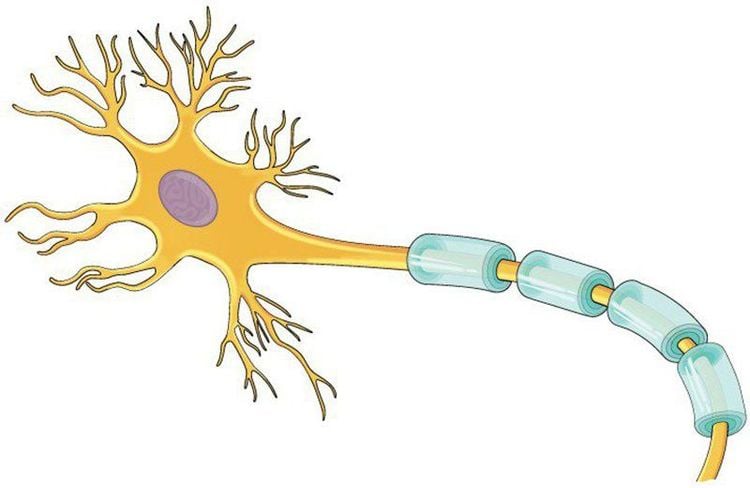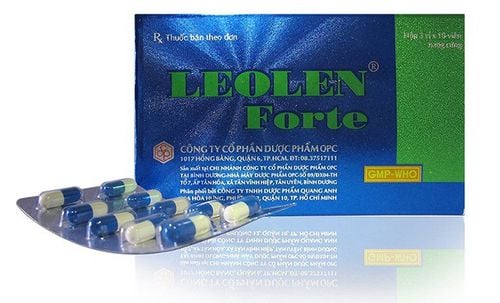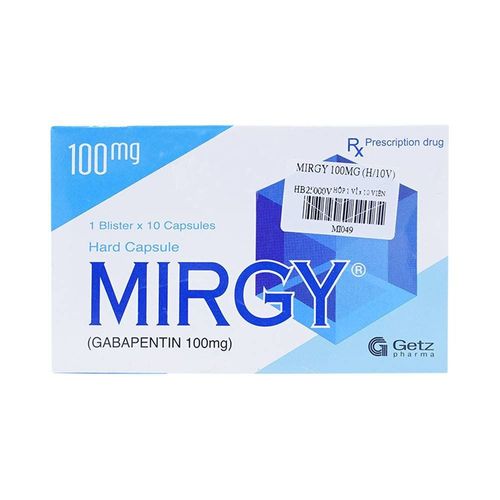This is an automatically translated article.
In addition to using drugs to treat nerve pain V, laparoscopic surgery is often chosen to treat this pathology. If drug treatment is no longer effective, doctors will consider endoscopic surgery to support the treatment of nerve pain V.
1. Learn about nerve pain V
V neuralgia is a very specific type of pain, the pain is often very severe, making the patient uncomfortable, in addition, there is pain in the half of the face, occurring suddenly and usually lasting from a few seconds to one minute. Pain is often spontaneous or emerges from a point when stimulated called the trigger point.
Nerve pain usually occurs on one side, there are also some very rare cases with bilateral V nerve pain, accounting for 3-6% of cases. The cases of pain on both sides do not appear at the same time, but pain in one side and then appear on the other side.
The majority of patients with nerve pain V on clinical examination are completely normal. However, there are also some cases of pain in the hemifacial region related to certain diseases of the pontine-cerebellar region such as multiple sclerosis (multiple sclerosis), meningioma, schwannomas, dermoid cysts. epidermoid cyst )...
Causes of nerve pain V:
When nerve pain V, the function of nerve seems to be destroyed. The disease is caused by the point of contact between a blood vessel (vein or an artery) and the Vth nerve, which creates pressure on the nerve and impairs function. Nerve pain may be caused by the elderly or related to fibrotic diseases or diseases that destroy the myelin sheath and protect the nerve.

Đau dây thần kinh số V có thể do vỏ bao myelin bị phá hủy
Less common cause is a tumor compressing this nerve. Some people have Vth nerve pain due to damage and other abnormalities in the brain. In addition, there are a number of other causes such as trauma, stroke can cause nerve pain V.
Symptoms of nerve pain V:
The pain of the disease is pain like being pricked in , which can throb in waves for a few seconds or minutes, even hours and longer. Pain in the upper area around the face, jaw area, forehead area, nose and forehead area. The pain is concentrated in one spot or may be widespread. The pain often occurs spontaneously or with stimuli such as shaving, washing, chewing, talking loudly, or touching the face. In addition to using drugs to treat nerve pain V, laparoscopic surgery is often chosen to treat this pathology.
2 . Supportive endoscopic surgery in the treatment of nerve pain V
2.1 Indications and contraindications for laparoscopic surgery Indications for endoscopic surgery for nerve pain V when the patient has an indication for pain treatment. Contraindications for laparoscopic surgery when the patient refuses to undergo laparoscopic surgery; patients who cannot afford anesthesia or elderly people over 70 years old 2.2. Surgical treatment of nerve pain V Step 1: Open the skull: Make a 4cm skin incision along the bisectors between the angle of the transverse venous sinus and the sigmoid vein. Exposing skull bones. Drill the skull and widen the cap at the angle between the transverse sinus and the sigmoid sinus. Cranial opening diameter 2.53cm.
Step 2: Open the T-shaped or star-shaped sclera. Place microsurgery or endoscope 00. Microsurgery is used to aspirate cerebrospinal fluid, and helps in preliminary evaluation of the anatomical structure of the glomerulus. The endoscope is then used to conclude a detailed evaluation of these regional structures.
Step 3: Exploration of nerve number V: evaluate the entire length of nerve V at the pontic angle, including from the position of the pons until the V nerve enters the temporal fossa.
Step 4: Determine the compression between the V cord and blood vessels (microsurgery, endoscope):
Step 5: After determining the exact location, extent and number of blood vessels compressing the V cord, the doctor will separate the V nerve from the blood vessel for the patient. Cut the soft membrane with scissors after dissection of the blood vessel from the V. We can use microsurgery or endoscope. After separating the blood vessel from the nerve, an artificial material or muscle is placed between the blood vessel and the nerve.
Step 6: After checking clearly that there is no bleeding at the cerebellar pontine angle, close the dural lens with 4/0 or 5/0 non-absorbable prolene sutures. The doctor will have to patch the dura with muscle fascia and membrane. bone when the dura is missing.

Phẫu thuật mổ nội soi chống chỉ định với người cao tuổi
Postoperative treatment with analgesics, antibiotics Close monitoring of circulation, respiration and consciousness Immediately after surgery for patients Treating symptoms such as dizziness, vomiting, nausea, choking, choking Nerve pain V is a manifestation of certain damage and is easily misdiagnosed with dental disease. Therefore, when the patient has symptoms such as facial pain, the pain occurs suddenly, quickly, ... it is necessary to immediately go to a medical facility for examination, diagnosis and timely treatment. If the disease cannot be treated with drugs, doctors will consider endoscopic surgery to treat nerve pain V.
To register for examination and treatment at Vinmec International General Hospital, you can contact Contact the nationwide Vinmec Health System Hotline, or register for an online examination HERE.













